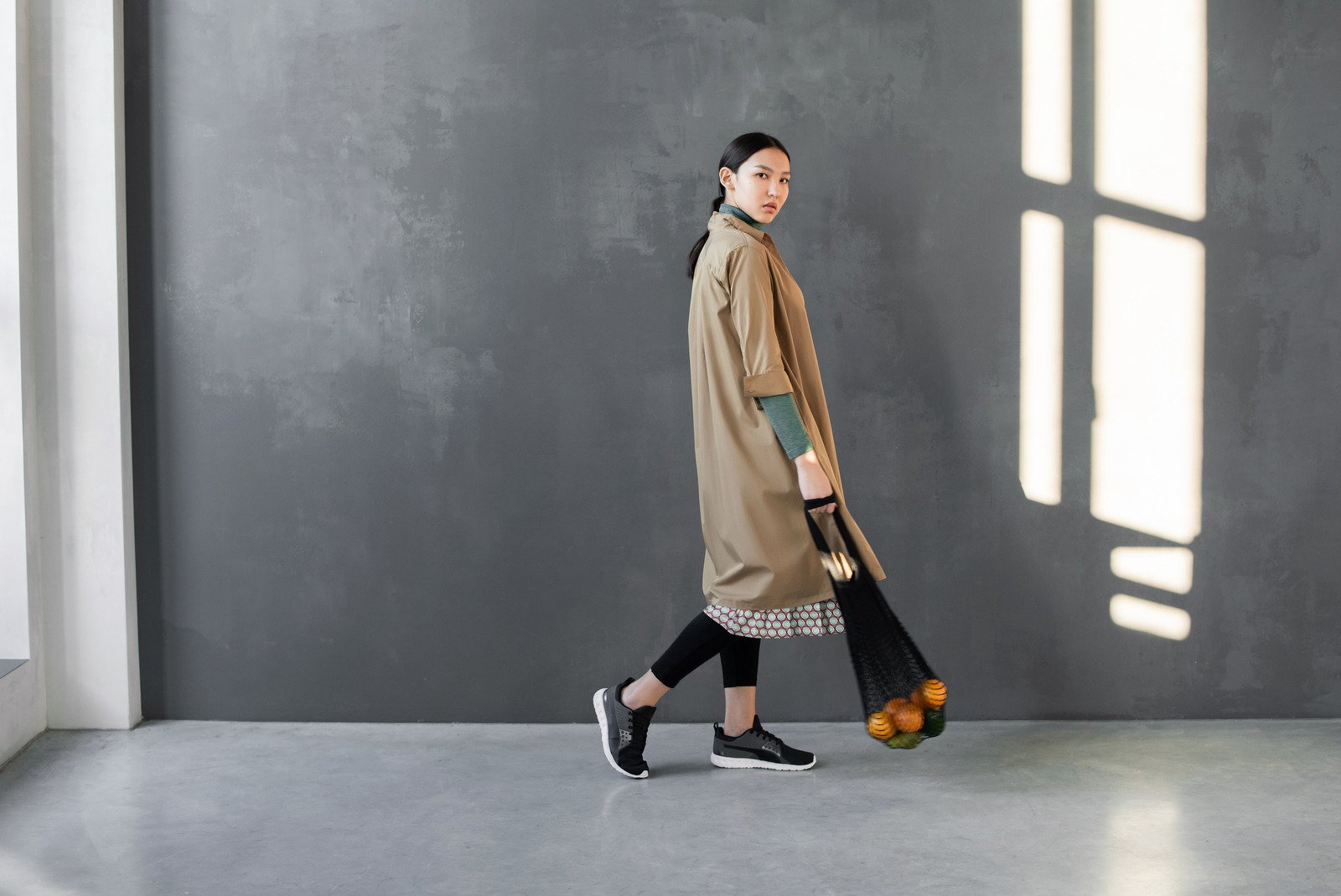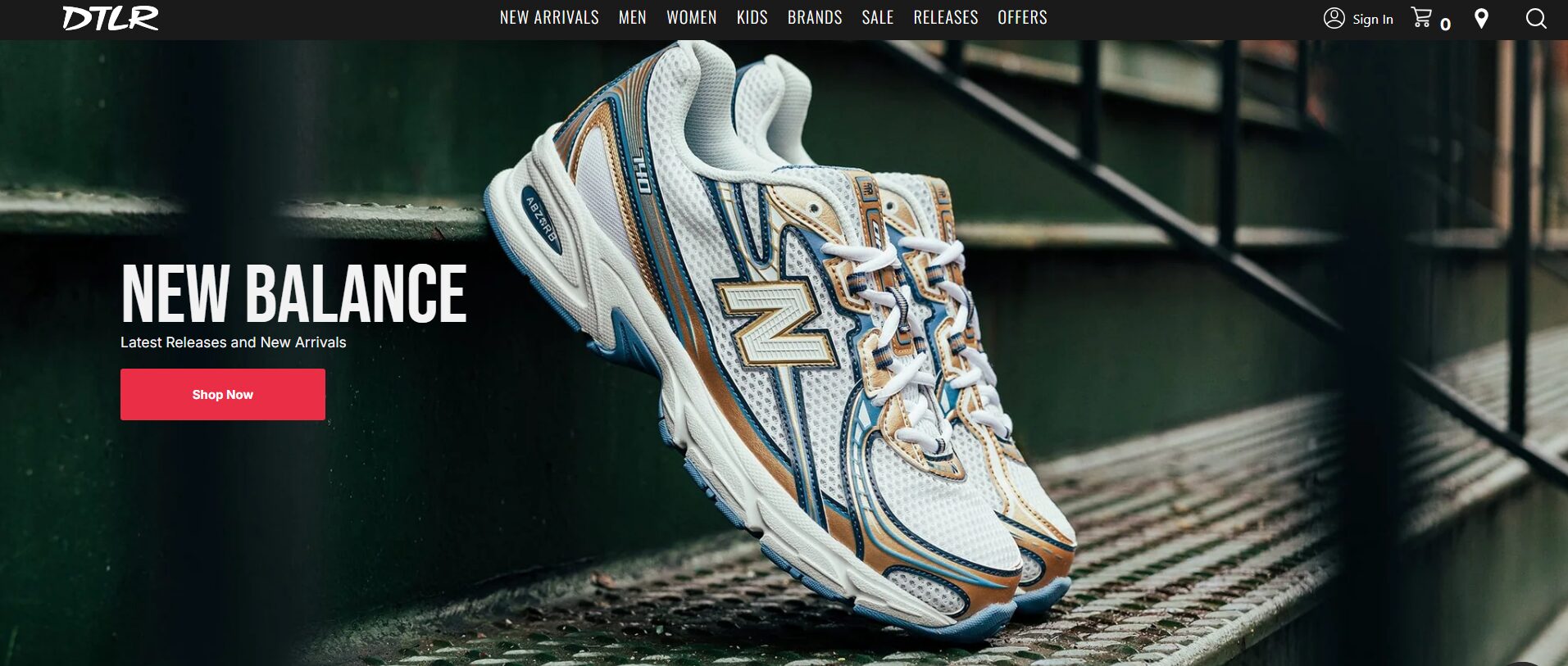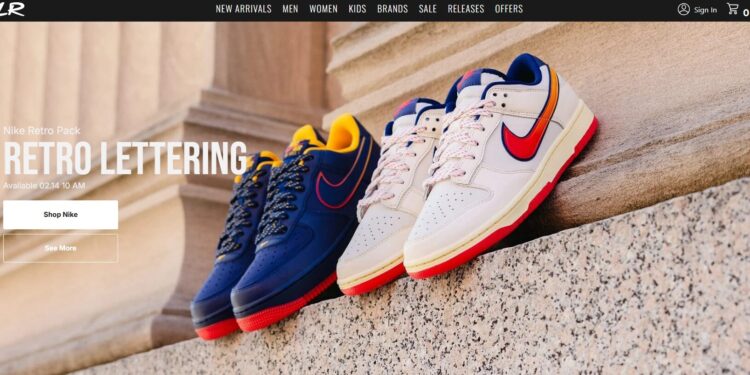Introduction to DTLR and its history
DTLR has long been more than just a store; it represents a cultural movement that intertwines music, art, and fashion. Founded in the heart of urban America, DTLR emerged as a beacon for sneaker enthusiasts and streetwear aficionados alike. As we delve into its rich history, we’ll uncover how this brand not only shaped individual style but also played a pivotal role in the rise of streetwear culture during the 1990s and early 2000s. From iconic collaborations to challenges faced along the way, join us on this journey through time as we explore what makes DTLR an enduring legacy in urban fashion.
DTLR, a name that resonates with streetwear enthusiasts across the country, has carved out its own niche in urban culture. Founded in 1983 as a small sneaker shop in Baltimore, it quickly evolved into a cornerstone of the streetwear scene. With its roots deeply embedded in hip-hop and sports culture, DTLR has always been more than just a retailer; it’s a lifestyle brand that speaks to authenticity and community.
As we take this journey through DTLR’s history, we’ll uncover how it transformed from humble beginnings into an influential force within fashion. From limited-edition sneaker drops to collaborations with iconic brands, DTLR continues to shape what streetwear means today. Buckle up as we explore the legacy of DTLR and dive deep into the vibrant world of streetwear culture!
The rise of streetwear culture in the 1990s and early 2000s
The 1990s and early 2000s marked a pivotal era for fashion. Streetwear emerged as a powerful movement, intertwining art, music, and urban identity. It was more than clothing; it symbolized rebellion and self-expression.
Hip-hop culture played a significant role during this time. Artists like A Tribe Called Quest and Wu-Tang Clan brought their unique styles to the forefront. Their influence trickled down into everyday life, inspiring fans to adopt similar looks.
Skateboarding also contributed to streetwear’s popularity. Brands like Supreme began to rise from the underground scene, offering limited-edition pieces that created frenzy among youth cultures.
As technology evolved, so did communication methods. The internet became an essential tool for sharing trends and connecting communities worldwide. This newfound accessibility allowed streetwear enthusiasts across different regions to collaborate and innovate in ways never seen before.

DTLR’s impact on urban fashion and sneaker culture
DTLR has carved a unique niche in the urban fashion landscape. Its influence can be traced through countless style trends that emerged from the streets.
From bold graphics to vibrant color palettes, DTLR’s offerings have always resonated with a youthful audience. The brand didn’t just sell clothes; it helped shape an identity for many.
Sneaker culture thrived alongside DTLR’s growth. Limited releases and exclusive drops turned into events that drew crowds eager for the latest kicks. Collaborations with sneaker giants elevated both brands and consumers alike.
The store became more than just a shopping destination—it transformed into a cultural hub where music, art, and fashion collided seamlessly. This intersection birthed not only trends but also community engagement, making DTLR synonymous with authenticity in urban apparel.
Through its relentless push against conventional boundaries, the brand remains pivotal in defining what streetwear truly represents today.
Collaborations with popular brands and artists
DTLR has always been at the forefront of innovation in streetwear. Their collaborations with popular brands have redefined urban fashion. Partnering with names like Nike, Adidas, and Puma, DTLR consistently delivers fresh designs that resonate with sneakerheads.
These partnerships often tap into cultural moments, creating limited-edition releases that generate buzz across social media platforms. Fans eagerly await announcements, knowing each drop holds something unique and stylish.
Beyond footwear, DTLR collaborates with artists known for their creative flair. Musicians and visual artists bring their own aesthetics to the table, resulting in collections that reflect a blend of sound and style.
This synergy not only amplifies brand visibility but also reinforces the connection between music culture and fashion. The impact is felt deeply within communities where both art forms thrive together, making every collaboration a milestone worth celebrating.
The evolution of DTLR’s brand image and expansion into other markets
DTLR has undergone a remarkable transformation since its inception. Initially rooted in urban streetwear, the brand evolved to reflect changing consumer tastes and trends.
As sneaker culture exploded, DTLR embraced new styles while retaining its core identity. Collaborations with high-profile designers and artists helped elevate the brand’s appeal beyond local markets.
Their stores began featuring exclusive drops and limited-edition releases, catering to trendsetters and collectors alike. This shift not only attracted loyal customers but also drew attention from fashion-forward individuals seeking authentic street cred.
Expanding into lifestyle products marked another significant step. Accessories, apparel, and even home goods infused DTLR’s signature flair into everyday life.
Today, their presence stretches across various platforms—both online and offline—making it accessible to a global audience eager for that urban edge that defines DTLR’s essence.

Controversies and challenges faced by DTLR over the years
DTLR’s journey hasn’t been without its bumps. The brand faced scrutiny for its pricing strategies, especially during the sneaker boom. Many loyal customers felt alienated as prices soared.
Social media has amplified these concerns. Complaints about quality versus cost became a hot topic among fans and critics alike. DTLR had to navigate this delicate balance between maintaining exclusivity and catering to their core audience.
Moreover, collaborations sometimes drew mixed reactions from streetwear purists. Partnerships that strayed too far from the brand’s roots sparked debates within the community.
The rise of fast fashion also posed challenges for DTLR. Competing with brands that churn out trendy designs at lightning speed required adaptation and innovation.
Despite these hurdles, DTLR continues to evolve and embrace change while remaining true to its origins in urban culture.
Looking towards the future of streetwear and DTL
As we peer into the future of streetwear and DTLR, excitement mingles with anticipation. The landscape of fashion is ever-changing, driven by innovation and cultural shifts. DTLR has a unique position to influence this evolution.
With technology advancing rapidly, new platforms for creativity have emerged. Social media continues to shape trends instantaneously. Young designers are now empowered like never before, bringing fresh perspectives to streetwear aesthetics.
DTLR’s legacy sets a strong precedent for collaboration and community engagement. The brand can leverage its established relationships while fostering new ones in diverse markets. From limited-edition drops to exclusive partnerships with emerging artists, there’s no limit to what lies ahead.
Sustainability is another critical factor influencing the industry today. Consumers increasingly seek brands that prioritize ethical practices alongside style. This shift presents an opportunity for DTLR to pioneer eco-friendly initiatives within urban fashion.
The spirit of streetwear thrives on authenticity and self-expression, values deeply ingrained in DTLR’s DNA. As long as they stay true to their roots while embracing change, the brand will continue resonating with generations of fans eager for both culture and connection.
What comes next remains unwritten but brimming with potential; it invites all involved—designers, consumers, and brands alike—to shape a vibrant future together within this dynamic realm of streetwear culture.
















